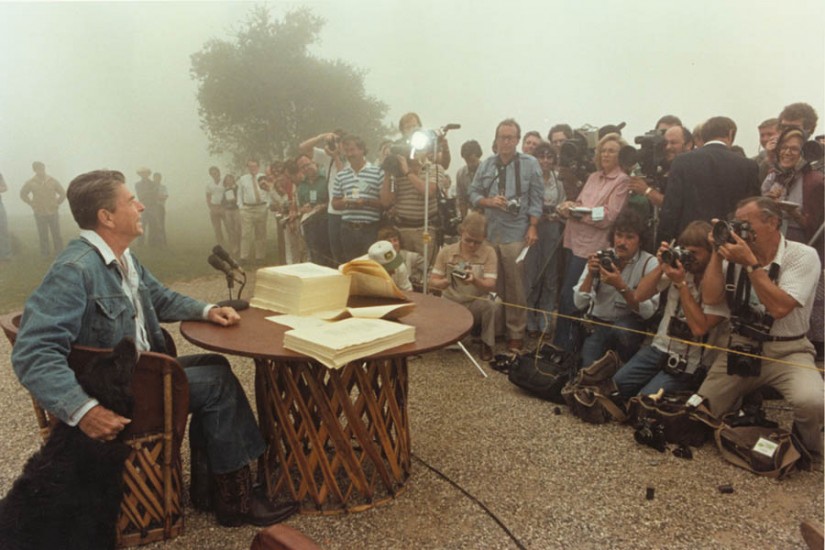Four decades ago, while working for Rep. Jack Kemp (R-N.Y.), I had a hand in creating the Republican tax myth. Of course, it didn’t seem like a myth at that time — taxes were rising rapidly because of inflation and bracket creep, the top tax rate was 70 percent and the economy seemed trapped in stagflation with no way out. Tax cuts, at that time, were an appropriate remedy for the economy’s ills. By the time Ronald Reagan was president, Republican tax gospel went something like this:
- The tax system has an enormously powerful effect on economic growth and employment.
- High taxes and tax rates were largely responsible for stagflation in the 1970s.
- Reagan’s 1981 tax cut, which was based a bill, co-sponsored by Kemp and Sen. William Roth (R-Del.), that I helped design, unleashed the American economy and led to an abundance of growth.
Based on this logic, tax cuts became the GOP’s go-to solution for nearly every economic problem. Extravagant claims are made for any proposed tax cut. Wednesday, President Trump argued that “our country and our economy cannot take off” without the kind of tax reform he proposes. Last week, Republican economist Arthur Laffer said, “If you cut that [corporate] tax rate to 15 percent, it will pay for itself many times over. … This will bring in probably $1.5 trillion net by itself.”
That’s wishful thinking. So is most Republican rhetoric around tax cutting. In reality, there’s no evidence that a tax cut now would spur growth.
The Reagan tax cut did have a positive effect on the economy, but the prosperity of the ’80s is overrated in the Republican mind. In fact, aggregate real gross domestic product growth was higher in the ’70s — 37.2 percent vs. 35.9 percent.
Moreover, GOP tax mythology usually leaves out other factors that also contributed to growth in the 1980s: First was the sharp reduction in interest rates by the Federal Reserve. The fed funds rate fell by more than half, from about 19 percent in July 1981 to about 9 percent in November 1982. Second, Reagan’s defense buildup and highway construction programs greatly increased the federal government’s purchases of goods and services. This is textbook Keynesian economics.
Third, there was the simple bounce-back from the recession of 1981-82. Recoveries in the postwar era tended to be V-shaped — they were as sharp as the downturns they followed. The deeper the recession, the more robust the recovery.
